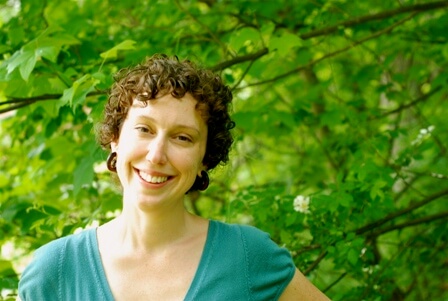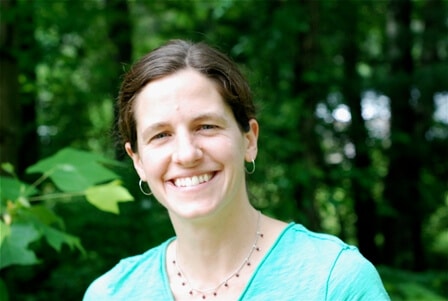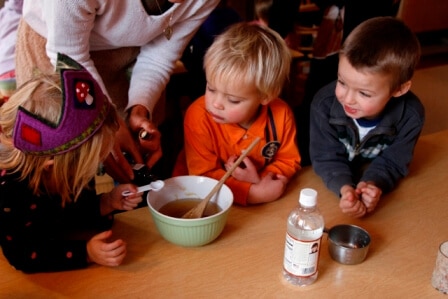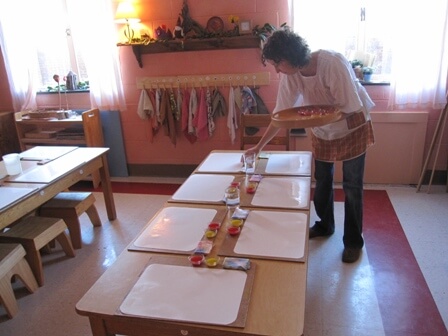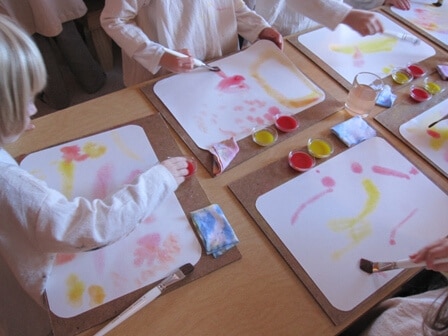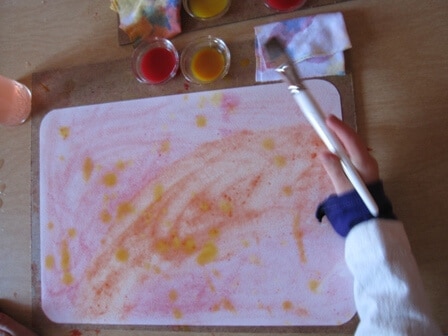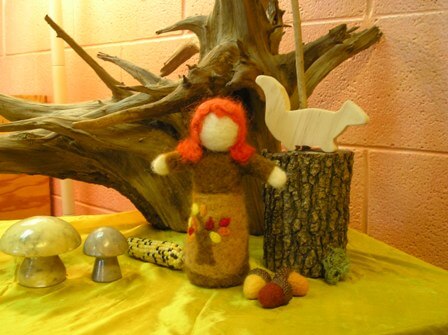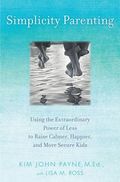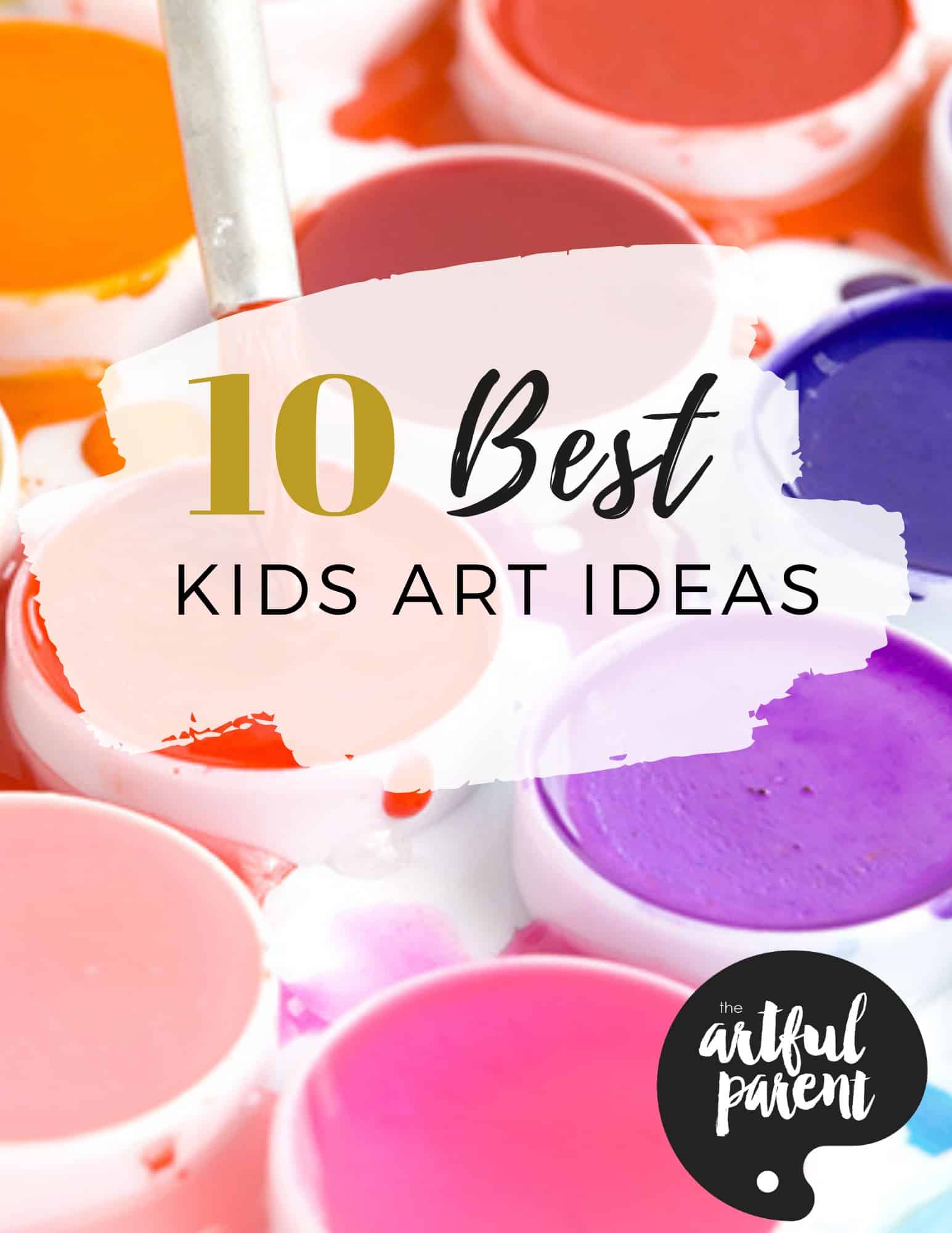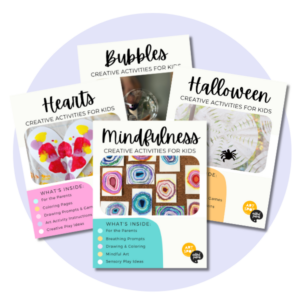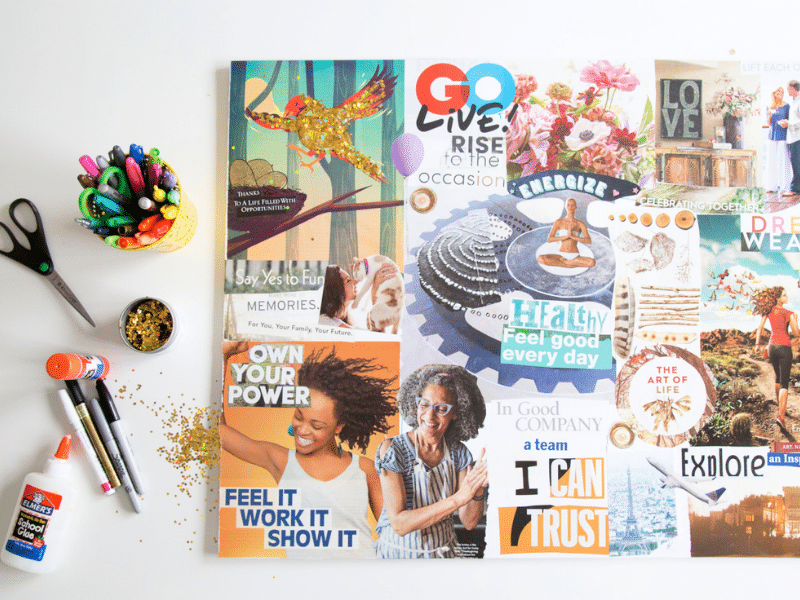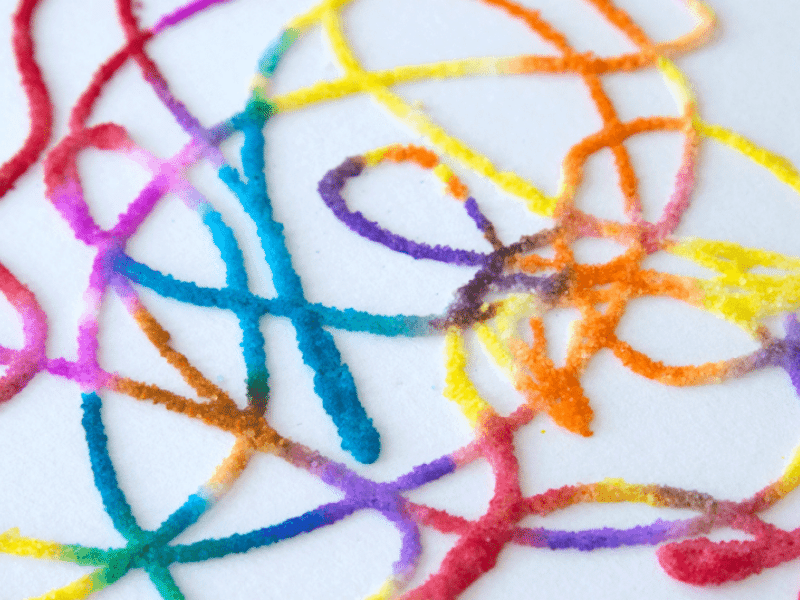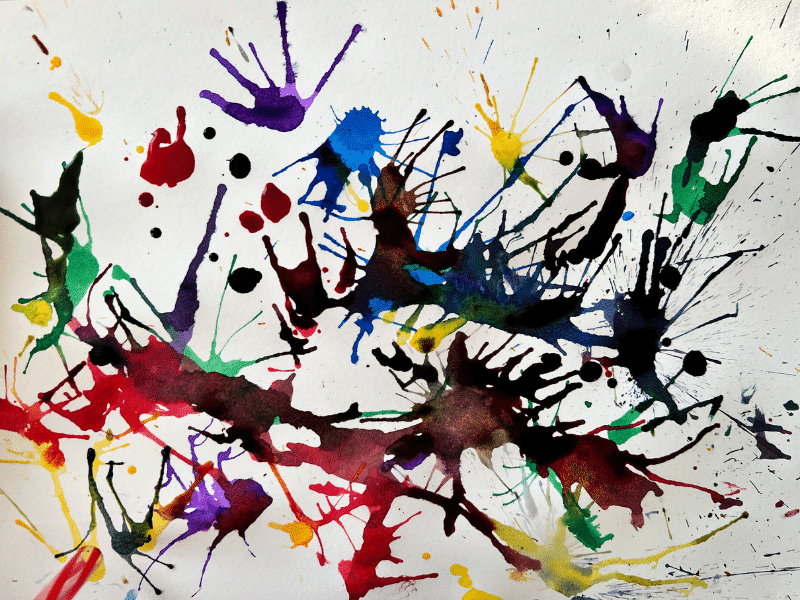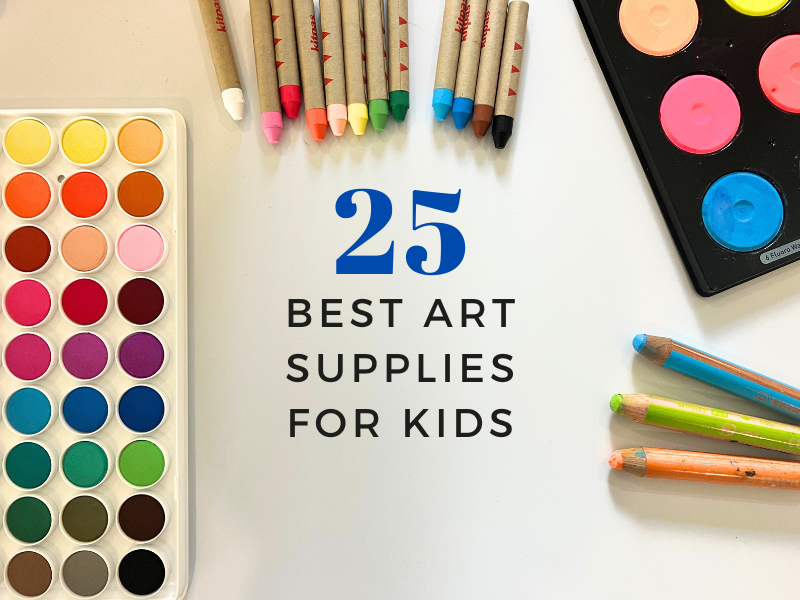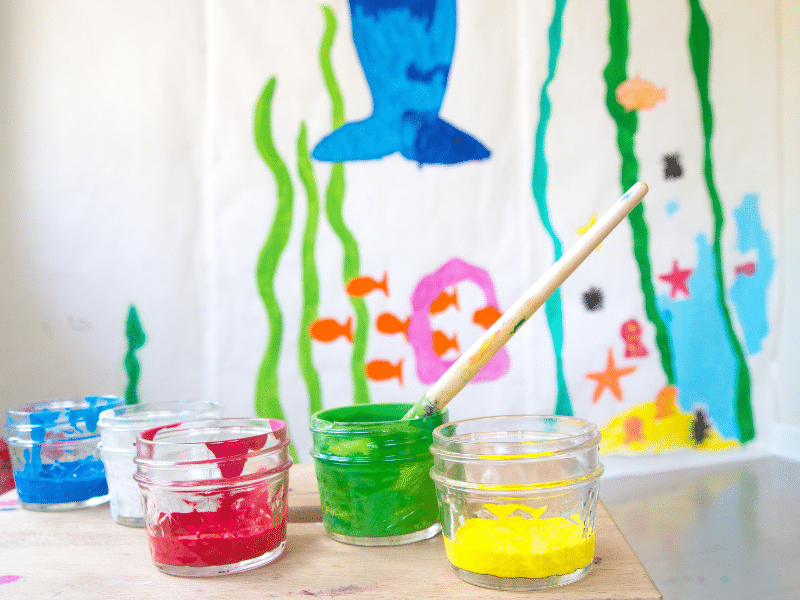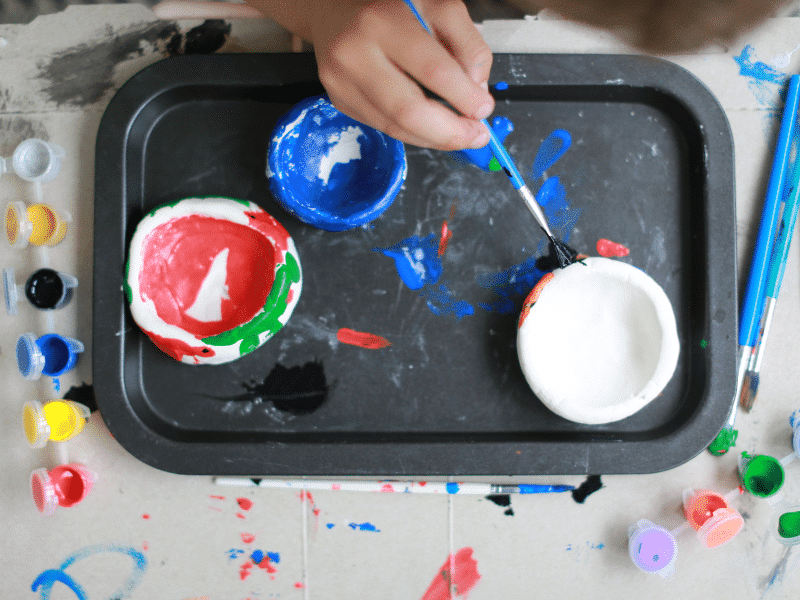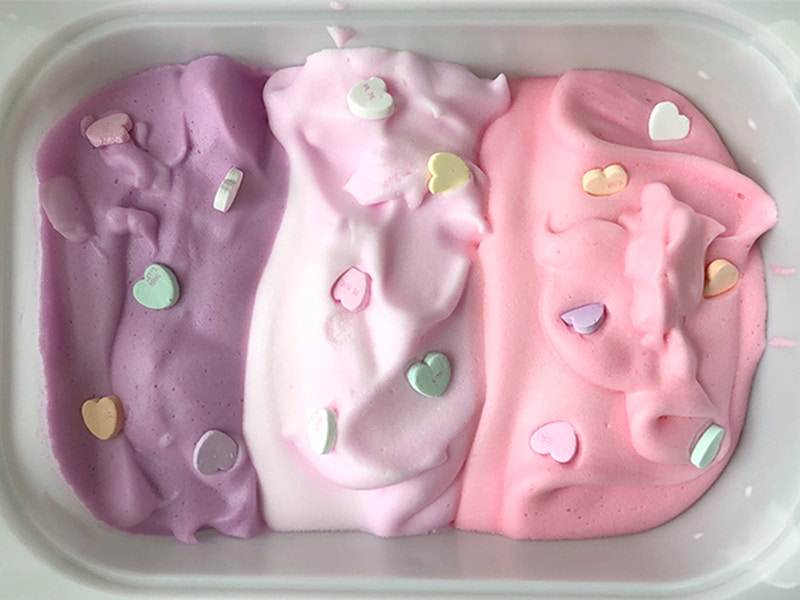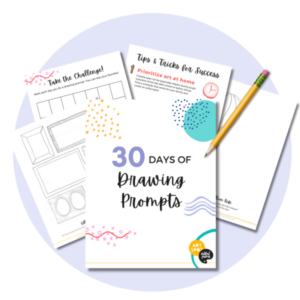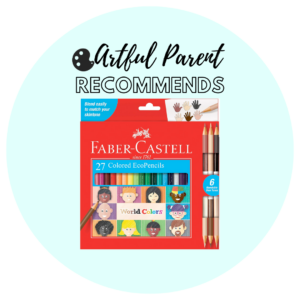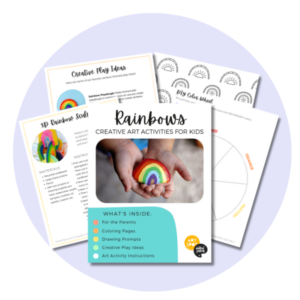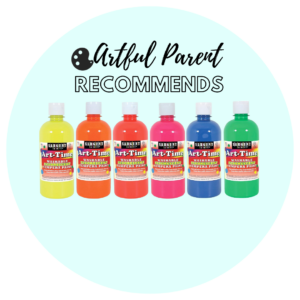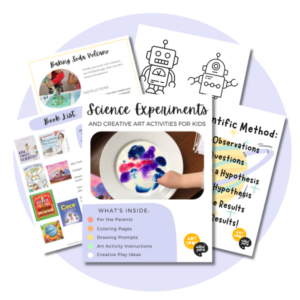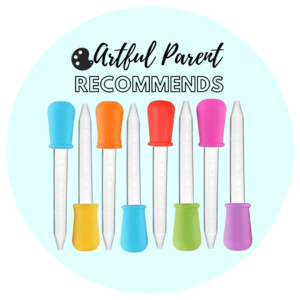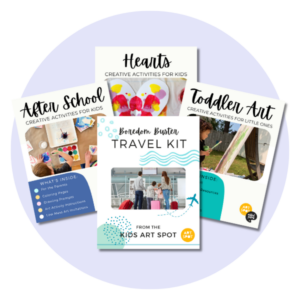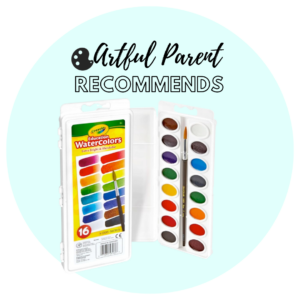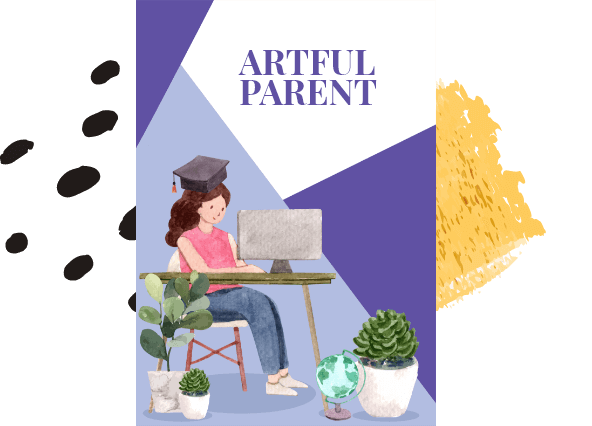Rae and Joy are two shining lights who started our local Waldorf preschool — Dandelion Hill. Join me as I ask both teachers about Waldorf early education and the Waldorf approach to art.
***Note: Readers will
have a chance to win a copy of the book Simplicity Parenting at
the end of this interview.***
JEAN: First, can you tell us a little about
yourselves and why you are drawn to Waldorf education?
RAE: I am mother to two
incredible children, Sienna (6) and Jasper (2), and my partner of nearly nine
years, Matt. I co-teach with Joy at Dandelion Hill in beautiful
Asheville, NC. We have 16 children ages 3-6 in our early childhood
classroom.
In Sienna’s first year of life, I met my dear friend Renee. She homeschools her children following the
Waldorf model and adheres beautifully to the ideals in all aspects of their
lives. I had read about Waldorf when I was pregnant and fell in love with
this beautiful approach to education. Witnessing the beauty firsthand
through Renee’s gentle guidance, I was deeply touched and intrigued, but to
some extent it felt unattainable for me personally. When Renee and I were
(physically) separated due to both of our families relocating, I continued to
study on my own. The more I learned, the stronger I felt that this was
the way I wanted to raise my children and that I wanted to share this model
with others so that many more children could have this experience, too. The idea that academics can be presented through
beauty and the Waldorf approach of addressing the whole child, head, heart, and
hands, really speaks to me.
JOY: I am mother to Anna Mae (6) and Caleb (4)
and live in Asheville with my husband Corey. Education is a popular
profession in my family, and all of us seem to have a strong interest in the
arts and spirituality as well. When I was in high school, I had an
English teacher named Nancy Rosenberger who was a great inspiration to
me. I first learned of Waldorf education from talking to her, as her
children attended Kimberton Waldorf School.
I remember her telling me something about how students took notes on one side
of a book and did watercolor painting on the
other. I was fascinated by that and felt immediately drawn to this
‘elusive’ form of education. Having grown up in a lovely rural spot, I
felt very connected to and most comfortable in nature as a child. Waldorf
education seemed to put into educational practice many things that I value
deeply- the arts, the human spirit, personal growth, and nature. It has
become a way of life, a passion, and a way that I feel I can affect the future
in a positive way.
JEAN:
What defines a Waldorf preschool/kindergarten? What sets it apart from
other early childhood education philosophies?
RAE:
A Waldorf early childhood classroom is intended to be an extension of
the home. The first seven years of life the child is still in a dreamy
state of mind. It is our intention to provide a gentle, nurturing place
for them to awaken to this earthly plane. Formal education does not begin
until first grade.
There is a strong focus on imaginative play. Our play things are made of natural materials and are, for the most part, open
ended so the child may use them in many different ways. Their wooden
kitchen is stocked with dry beans, acorn caps, wooden coins, and many other
treasures that get used in many creative ways all over the classroom.
Generally, their play is unstructured and they are free to use the materials in
whatever way their imagination is leading them, as long as it remains safe.
Rhythm is of the utmost importance for young children. We have a clear
and predictable flow to our days and our weeks. We follow the cycle of
the seasons through nature crafts, circle songs, and celebrating festivals
throughout the year. We spend much of our time outdoors playing on
stumps, dancing in the trees, and digging in the garden. We venture outdoors
in all weather, enjoying snowfalls and splashing in puddles as well as soaking
up the sun when the weather is fair. A favorite mantra is “We’ll
weather the weather, whatever the weather, whether we like it or
not!”
Circle time movement is integral as well.
The foundations that are built through singing, dancing, and fingerplays
prepare the child for academics at a later date. Stories are presented
orally, from heart, and the same story is told for two to three weeks.
During this time we may have a puppet show and/or
the children get a chance to act it out. We also make our own wholesome
snacks in class and sit down family style to enjoy them together.
JEAN: I loved watching the
children engage in such a beautiful and peaceful form of making art when I came
to visit the other day! Can you describe the Waldorf painting method for my
readers?
RAE: Wet-on-wet watercolor painting in the
Waldorf classroom is very much about process, not product. It is an
opportunity for the children to experience the properties of the color with all
of their being. We paint once a week, on the same day each week. We
use only the primary colors and they are introduced one at a time. After
the children have spent quite a few sessions with each color individually, we
begin to introduce two colors at a time. By the end of the year, the
children are working with all 3 colors and it is amazing to see what they can
do! Watercolor painting is continued through all the grades in a Waldorf
setting, being built upon each year.
JEAN: What other arts or crafts
activities do you do in your classroom?
RAE:
As mentioned before, nature crafts are a focus, using materials we find
outside in creative ways. We made corn husk dolls in the fall. We
introduce sewing to the children, beginning very simply and elaborating as the
individual child shows more interest. Felt squares (think felted
sweaters) are great for the kids. Most recently we made simple
gnomes. The kids love this project as it is fairly quick and they have a
new plaything to show for their efforts. Finger knitting is great for
children this age, too.
Beeswax modeling and drawing with beeswax block crayons are also favorite
activities. Wet felting has been a huge hit with the kids! Making a
*mess* with lots of water and soap and using their strength to agitate the wool
is so much fun. They wet felted little balls and we glued them into acorn
caps that they had used a hand drill to make holes in for threading a piece of
yarn. These made lovely ornaments. At Christmastime we also made
felt candles.
JEAN:
What art materials do you use and recommend?
JOY:
We try to offer the best materials possible to our students, as we want
their artistic process to be satisfying and appealing to their senses. We
use Stockmar’s ‘circle paints’– they come in the primary colors of red, yellow,
and blue. Our paper is soaked in a tray of water before painting, so it
needs to hold up well. We use 200g Fabriano Watercolor Paper and our
paintbrushes are horsehair brushes. We use little
glass paint dishes to hold each color of paint and rinsing jars.
Small cotton-knit cloths are given to the children for drying brushes during
the painting process. Our painting boards are cut from masonite sheets
and made waterproof with mod podge. The children wear smocks- all sewn by mother- thanks Mom!
With that said, one needn’t spend a fortune on these items. Watercolor
paper and liquid watercolor paints can be purchased at a craft stores.
You can always grow into better materials (as we have done in my own
home). Quality materials are important, but should not be a deterrent for
those wishing to have this experience at home.
We encourage the children to use their paintbrush to communicate rather than
being talkative. The painting process is a dreamy one and we aim to
create an environment in which they can experience this childhood dreaminess in
a sacred and lovely way.
JEAN:
Can you talk about the importance of imagination and play in the Waldorf
kindergarten?
JOY:
Imaginative play is at the heart of our work. As Rae mentioned, we
supply the children with open-ended materials so that the inspiration for play
comes from within. Time to play also gives children space to work through
information they are processing subconsciously in their lives. Building
imaginative capacity is incredibly important- without imagination one cannot
see beyond the material life into new possibilities. Creativity and problem-solving are intricately tied and
these are capabilities our children will need coming of age in this complex
modern age. I have really become passionate about the protection of
childhood and allowing children to be able to fully experience its wonder as
long as possible.
Nancy Renee, the class baby, named after the two people who introduced Joy and Rae to Waldorf education
JEAN:
The Waldorf ideals of natural materials, daily rhythms, and lack of
media sometimes seem pretty far removed from modern life with its media overload,
plastic toys, and earlier and earlier academic pressures. Do you have any tips for parents who are interested
in incorporating Waldorf ideas into their home life yet reluctant to purge all
vestiges of modern society?
JOY:
Go easy on yourself and be patient. It takes time to incorporate
these ideals. Experiment with elements that seem doable and inspiring to
you. I have been through the TV weaning experience and it seemed
impossible at first, but slowly we worked it out of our lives. Out of sight,
out of mind is the best advice I can offer on that one. Also, it is
pleasant for the whole family to have less ‘stuff’ around the house. You
know how you are more inspired to cook in a clean kitchen? It works the
same way with children and toys- the cleaner the slate the better.
Also,
rhythm is a great place to start- consider incorporating regular patterns of
rest and play, diet, and structured activities. A predictable rhythm is
very comforting to children- and adults too! Having friends who are also
working with the same ideals is extremely helpful as well. I would
recommend reading Simplicity Parenting by Kim John Payne. It is an
excellent book for those seeking to try to slow down the sometimes frenzied
feel of modern family life.
JEAN: Is there anything else
you would like to add?
JOY:
Our community has many opportunities for being involved in seasonal
festivals. This is a great way to experience the cycles of the year in a
community setting and helps bring meaning and celebration to the seasons.
Most of the festivals celebrated have roots in European spiritual/ agricultural
celebrations and connect us to age-old joyful traditions, such as May Faire,
Advent Spiral, and Michaelmas.
We are excited to be part of the growing Waldorf movement in Asheville and are
actively working toward the formation of further Waldorf school options for our
children in the future. More information can be found on our website:
www.dandelionhill.org.
JEAN:
Thank you, Rae and Joy! What a wonderful school you have created!
For those of you in the Asheville area, Dandelion Hill is having an open house this Saturday, February 27th, from 10am to 12pm.
—
Readers who leave a comment by Friday, February 26th at 8am EST will be entered into a random drawing for a copy of Simplicity Parenting: Using the Extraordinary Power of Less to Raise Calmer, Happier, and More Secure Kids by Kim John Payne.
Related Posts
- Marble Rolling with the Art Group
We did some marble rolling with the Toddler Art Group yesterday. I had a bag…
- Scrap wood sculptures with the art group
We made wood sculptures with the art group yesterday using frame pieces, popsicle sticks, and…
-
Mixing Colors with the Mouse Paint Book
I recently checked the Mouse Paint book by Ellen Stoll Walsh out of the library (and liked…

